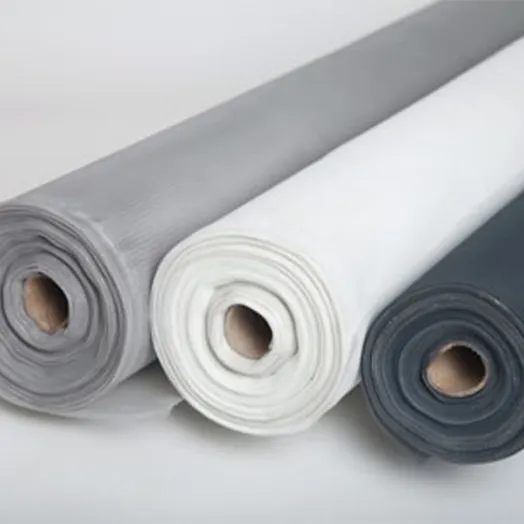How Fiberglass Mosquito Net Helps Prevent Diseases Like Malaria and Dengue
Preventing mosquito bites is vital to avoiding these diseases.
Table of Contents
- Toaster Bag
- 2. Understanding Mosquito-Borne Diseases
- 3. Benefits of Fiberglass Mosquito Nets
- 4. Installation Process
- 5. Conclusion
1. Introduction
Fiberglass mosquito nets are a key solution in preventing illnesses like malaria and dengue, which affect millions worldwide. These nets are made from durable materials, ensuring long-lasting protection. Integrating Fiberglass window netting can significantly reduce mosquito entry rates, thereby lowering the risk of disease transmission. Millions are impacted by malaria and dengue each year, making effective prevention essential.
2. Understanding Mosquito-Borne Diseases
Mosquitos are vectors for several diseases, including:
- Malaria: Caused by parasites transmitted through Anopheles mosquito bites, malaria leads to severe health issues and thousands of deaths.
- Dengue: Spread by Aedes mosquitoes, dengue can result in high fever, severe headaches, and, in some cases, can be fatal if not managed properly.
Preventing mosquito bites is vital to avoiding these diseases.
3. Benefits of Fiberglass Mosquito Nets
Effective Protection
Fiberglass mosquito nets provide a physical barrier, reducing mosquito access to living spaces. Studies show they can block up to 99% of mosquitos, significantly lowering disease transmission risk.
Durability
One major advantage of fiberglass nets over traditional options is their durability. Unlike fabric nets, fiberglass is resistant to tearing and can last for years, which is crucial in regions with high mosquito populations.
Cost-Effectiveness
Using fiberglass mosquito nets is a cost-effective solution in the long run. Though the initial investment may vary, their longevity reduces the need for frequent replacements, making them budget-friendly over time.
4. Installation Process
Proper installation is essential for maximizing the effectiveness of fiberglass mosquito nets. Follow these steps for optimal results:
- Measure the window or door frame.
- Cut the fiberglass netting to size, adding extra margin.
- Secure the net using clips or adhesive tape along the edges.
- Ensure there are no gaps for mosquitoes to enter.

Flow Chart for Installation:
5. Conclusion
Fiberglass mosquito nets play a critical role in protecting against diseases like malaria and dengue. Their effectiveness, durability, and cost-efficiency make them an excellent choice for those looking to enhance their protection against mosquito-borne diseases. By installing these nets properly, individuals can help safeguard themselves and their families, contributing to overall health and well-being.